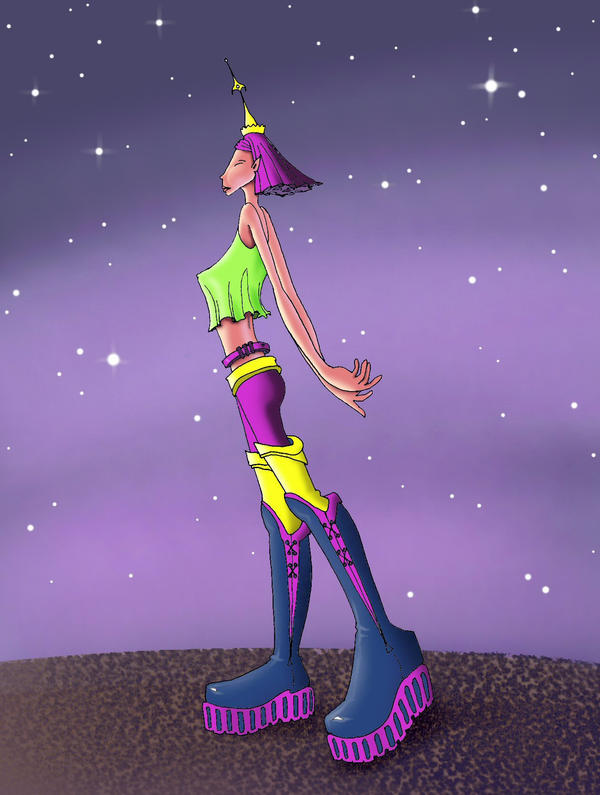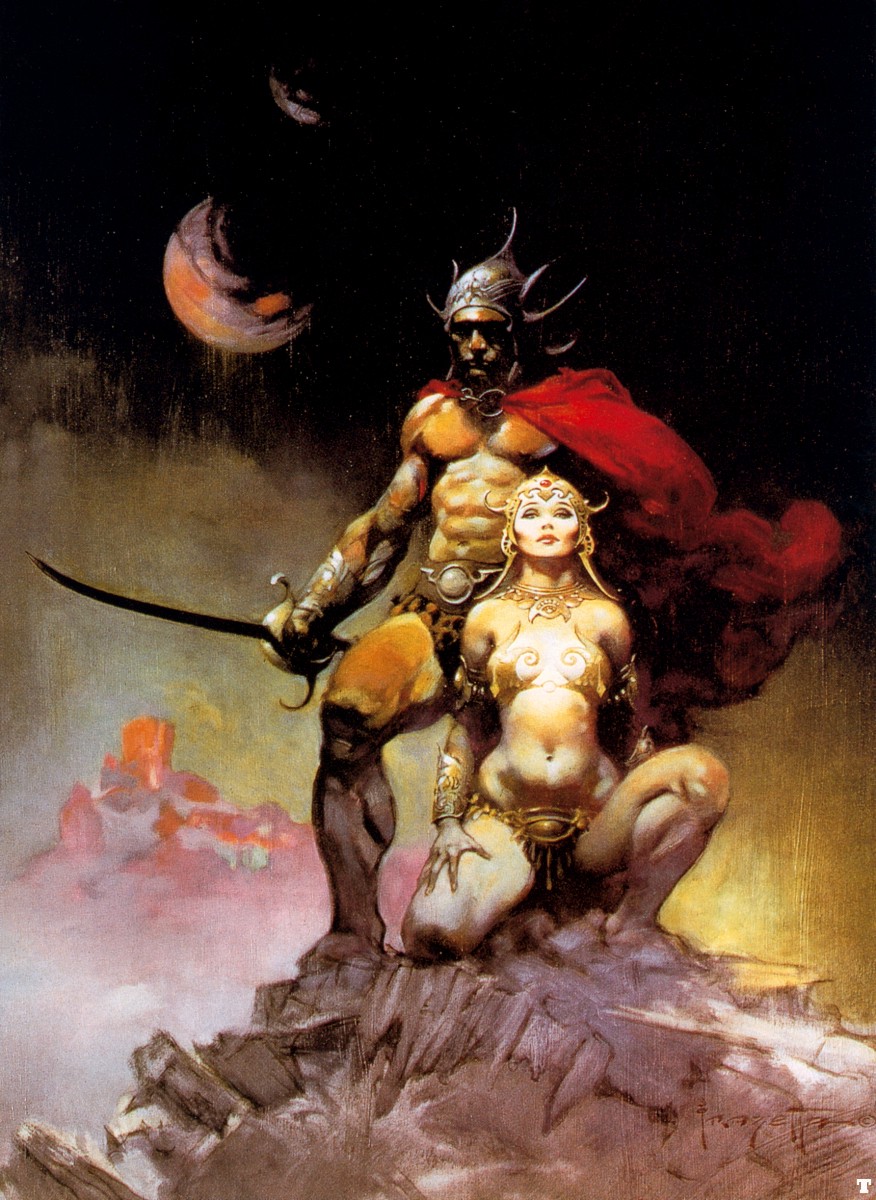This portrait is different from the others before it in that it is the first full-body miniature I've done, but it's also the first figure I've rendered in this particular body of work that is at all stylised. I really drew from the elongated and elegant forms of fashion illustration for this piece. Portraying the female body as so slender and fragile is sort of something I've been fighting against, because of how women are portrayed in media and resulting body issues in girls and women, etc. I wanted to portray average, healthy, and imperfect female bodies throughout my work up until this point. However, for the fabric I chose and the style of this piece overall, I don't regret my choice to stylize the form. I think it works with this piece, and I don't necessarily think that it causes an aesthetic or moral problem for me in regards to issues of body image.
I also began sewing into (finally) the second larger embroidery piece I had drawn out for the last critique, then painted over spring break. I added "gold" leaf to it and then embroidered in a fabric with a metallic print to it, which really sets it apart from the flatness of the space princess and emulates older forms of this style of art.
 |
| dried |
The gourd is something I've wanted to do for a long time, ever since I saw one on display at the UBC Museum of Anthropology several years ago. I actually really wanted to travel to Peru and learn the art from an Inca, but alas, the trip to Peru is on permanent delay until my family and I are able to get used to hiking in high altitudes. I remember seeing the gourd and feeling in awe. The first one I saw was probably a foot in diameter and almost as high, with an incredible amount of detail carved into the bustling scene on its surface. It was one of the most beautiful pieces of folk art I had ever seen and I knew that one day I wanted to learn how it was made or to try doing it myself. So a couple of weeks ago, I ordered some gourds off of ebay and bought myself a woodburner. This was something I actually hadn't thought of doing for BA, something I just sort of forgot about until I think I saw a picture of one and thought, why on earth don't I do that as part of my own work?
I have only been working with the nib that came with my woodburning tool, which is a "detail" nib, but is still quite large. That is okay for this section, but once I get into the content, I will need finer lines. The difficulty is that I still want the burnt lines to depress the surface of the gourd, effectively carving and burning at the same time. I went out this afternoon and bought some additional nibs, so I should be able to get a better line quality with those.















































